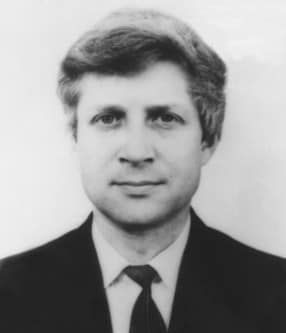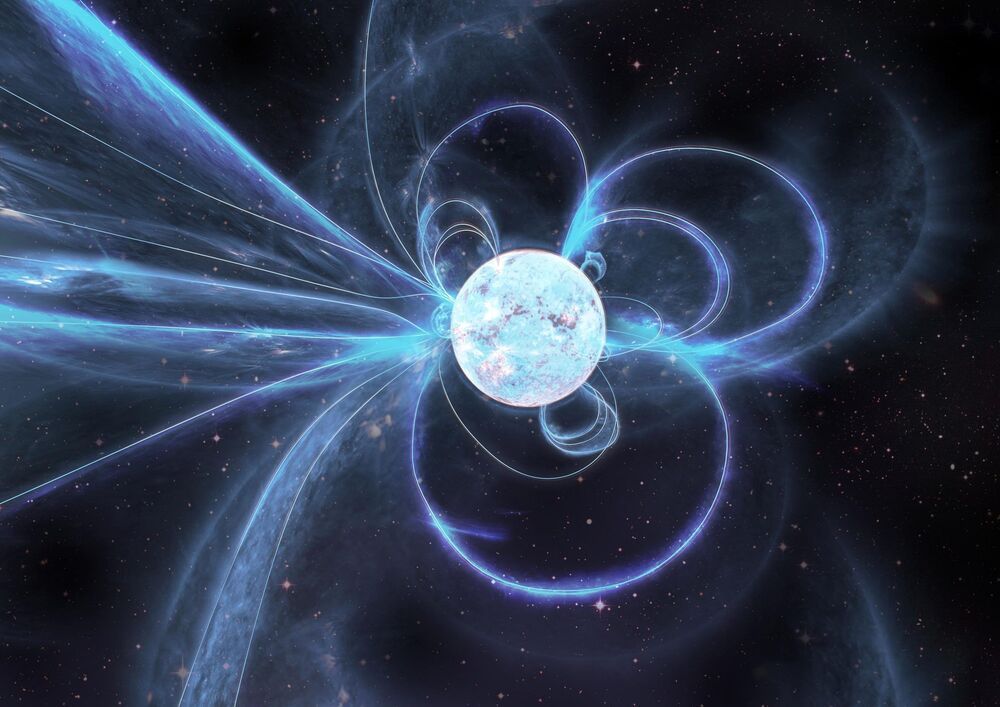Nikolai Kardashev, creator of the civilization ranking scale, outstanding space explorer, specialist in experimental and theoretical astrophysics and radio astronomy, Doctor of Physical and Mathematical Sciences, Director of the Astro Space Center of the Lebedev Physical Institute, died in August 3, 2019. The Russian scientist was 87 years old.
The scientist’s most famous work is the Kardashev Scale — the cosmic civilization ranking system. As part of the Search for Extraterrestrial Intelligence (SETI), he proposed a model of cosmic civilisations and calculated the scale of ranking civilisations
The Kardashev Scale
In 1963, he studied the quasar CTA-102. It was the first contribution of Soviet scientists to SETI, since the radio source CTA-102 was first assumed to be evidence of an extraterrestrial civilization.
In his paper ‘Transmission of Information by Extraterrestrial Civilisations’, published in 1964, Kardashev explored the idea that other galactic civilisations may have existed for billions of years before ours, so they would be far more advanced. He proposed a theoretical scale of technological development of civilisations based on the amount of energy that civilization is able to utilize. According to the theory, there are 3 main types of advanced civilisations:
Type I: Planetary Civilization
A civilisation that can use and store all the energy available on its planet — a small fraction of a star’s energy emissions that reach the surface. In the case of Earth and the Sun that’s about 1016 watts. For now, humanity has not quite reached Type I civilisation status, consuming only about 1012 watts.






